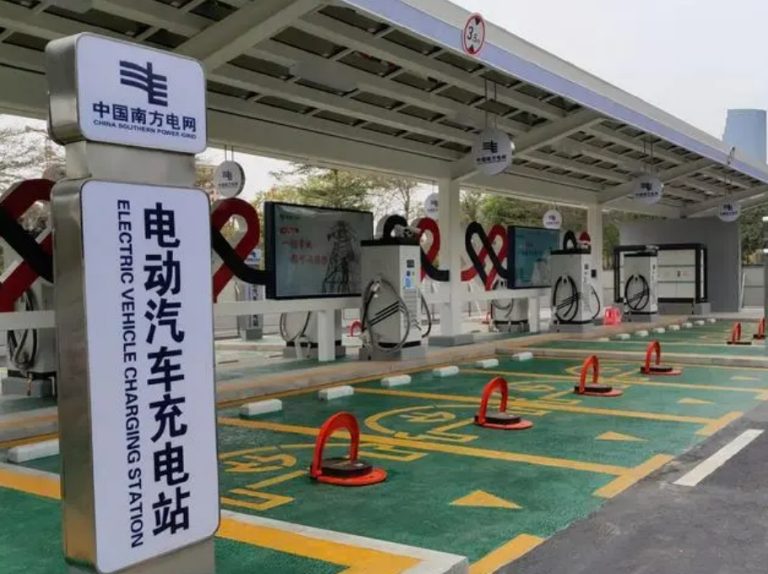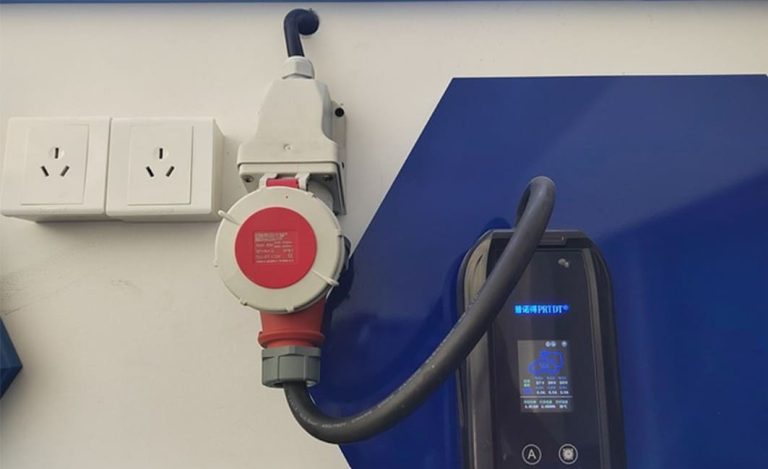Which evs have 800v charging?
Which evs have 800v charging?

The following is a comparison of the currently fastest-charging electric vehicle models and their technical parameters (based on the latest 2025 real-world test data):
First Tier of Charging Speed (200+ km range in 5 minutes)
Models that can recover more than 200 kilometers of range in five minutes are at the forefront of EV charging technology. The BYD Han L, with its ground-breaking “Megawatt Flash Charging” technology, is at the top of this pack. It achieves the first mass-produced 1-megawatt (1000kW) charging power in the world by using a revolutionary 1000V voltage and 1000A current input. As a result, it can add an amazing 400 kilometers of range in just five minutes. The ambitious infrastructure plan that BYD is implementing to support this technology includes the construction of over 4,000 Megawatt Flash Charging stations, which will greatly improve the viability of ultra-fast charging and bring EV refueling efficiency comparable to that of gasoline-powered vehicles. Another notable contender is the Zhijie S7, built on an 800V high-voltage silicon carbide platform. It supports ultra-fast charging, enabling it to gain 215 kilometers of range in 5 minutes. Its peak charging power exceeds 250kW, ensuring rapid energy replenishment. Although specific data for the Leapmotor C10 was not detailed in the search results, it is mentioned to support ultra-fast charging technology, claiming 200 km of range in 10 minutes.
International Brands with Fast Charging
Significant advancements in fast-charging technology are also being made by a number of brands worldwide. The Lucid Air is a charging speed champion in the US market because it can reach a 10% to 80% state of charge (SOC) in just 16 minutes using a 300kW charging power. With its 500kW ultra-high-voltage fast charging capability, the Rimac Nevera can charge from 0% to 80% SOC in just 19 minutes. Models from Hyundai and Kia, including the EV6 and Ioniq 5, use 350kW fast-charging technology. In roughly 18 minutes, they can achieve 10% to 80% SOC, demonstrating the potent potential of Korean brands in the global fast-charging market.
Fast-Charging Technology from Domestic New Forces (Chinese Automakers)
Chinese automakers, often referred to as “new forces,” are intensely competitive in the 800V charging arena. The Zeekr 007, based on a full-domain 800V architecture, boasts a very high average charging power of 158.35 kW. It can complete charging from 0% to 90% in 38 minutes. The IM L6 leads in some summer tests with a maximum power of 283.56 kW and an average power of 162.06 kW. While not explicitly detailed for the 800V platform in the search results, GAC Aion‘s Hyper brand is mentioned elsewhere to be developing very fast-charging technologies. Furthermore, Li Auto MEGA, based on an 800V architecture and equipped with CATL’s 5C Kirin Battery, can achieve 500 km of range in 12 minutes with a maximum charging power of 520kW when using a 5C supercharger. The 2026 Lyn & Co. Dreamer MPV, as the world’s first 800V intelligent hybrid MPV featuring the Lynsea Intelligent Hybrid system, supports 5C super-fast charging. Its 63 kWh battery can go from 20% to 80% charge in just 12 minutes, even under extreme temperatures ranging from -24°C to 52°C, effectively addressing winter charging challenges.
Impact of Battery Technology Breakthroughs
The rapid advancement in charging speeds is fundamentally driven by breakthroughs in battery cell technology. Major battery manufacturers are continuously pushing the boundaries. For instance, CATL’s “Shenxing Plus” battery is claimed to achieve 600 km of range in 10 minutes of charging. Sunwoda’s “Flash Charge Battery 3.0” promises 500 km of range after a 10-minute charge, and CALB’s 5C battery is reported to deliver 300 km of range in just 5 minutes. These innovations in cell chemistry, materials (like second-generation graphite fast-ion rings, ultra-conductive electrolyte formulations, ultra-thin SEI films, and high-porosity separator membranes cited in Lyn & Co.’s technology), and manufacturing are crucial for supporting the high currents and managing heat generation during ultra-fast charging.
Progress in Charging Infrastructure
The widespread adoption of 800V vehicles relies heavily on the deployment of compatible high-power charging infrastructure. BYD is addressing this by proactively building over 4,000 of its own Megawatt Flash Charging stations to alleviate queueing issues and support its high-power charging technology. While Tesla’s V3 Supercharger offers a maximum power of 250kW, the charging efficiency for models like the Model 3 is noted to be lower than that of BYD’s latest systems under comparable conditions. The 800V high-voltage platform is increasingly becoming a standard feature for many new energy vehicle manufacturers. Models like the Li Xiang MEGA and Zeekr 007 are all equipped with this technology. Furthermore, technologies like intelligent voltage boosting (e.g., used by BYD and others) are crucial for ensuring compatibility with the existing widespread 500V public charging infrastructure, allowing vehicles to dynamically match voltage and achieve higher power output even on more common chargers.
Important Note: It is crucial to remember that actual charging speeds can be influenced by several factors, including ambient temperature, battery state (e.g., temperature and current SOC), and the maximum power output of the specific charging桩 used. Therefore, it is advisable to consider these factors in specific usage scenarios.
In conclusion, the 800V charging era is developing quickly, greatly cutting down on charging times and easing range anxiety. Battery behemoths like CATL and Chinese automakers like BYD and Lyn & Co. are actively pushing the limits of technology. The full advantages, however, depend on the concurrent development of high-power charging infrastructure and technologies that guarantee grid compatibility. It’s crucial to consider the entire ecosystem when thinking about an EV, not just the peak charging specification. This includes the vehicle’s platform, battery technology, and the availability of compatible fast chargers.




































































































































